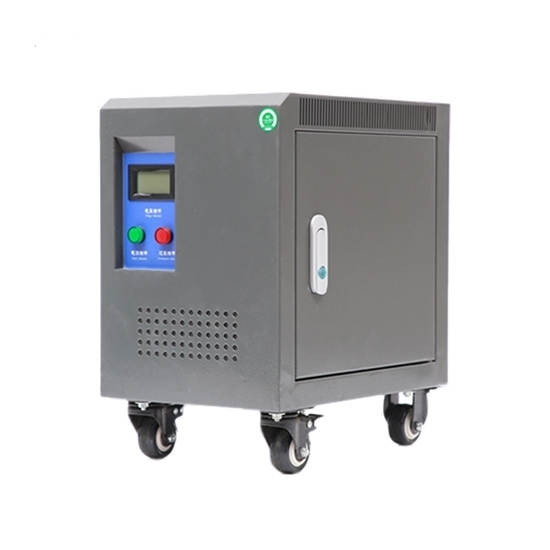electrabishi
Member
- Location
- Alaska
- Occupation
- EE
I have seen this issue infrequently over the years. Never got any definitive solutions. But I have a need to drive this one to ground so to speak.
Short problem description is:
I am in a US facility where we have 208Y/120V panels for serving Telecom equipment.
For me that means a 208V branch circuit has an L1-L2-G.
I have a European company that is locating a server rack in my facility and it is totally wired for European 220V L-N-G.
For me to feed L1-L2 I need to have dual pole breakers.
In their cabinet, because they only have 1 hot lead and a neutral, all their breakers and switches are single pole.
In the past I have required clients to upgrade their circuitry to include dual pole breakers.
But this is a little more complex. I need a way to put an isolation transformer in and separately derive a new neutral so I can feed them 208V L-N.
All of the popular companies offer isolation transformers that are step down. I want a straight 1:1 unity transformer for 208V that I can separately derive the neutral bond on the output. Nobody makes such an animal. How can that be. I've done a little diligence on this forum to see if there were any other similar postings. If there is could someone direct me to them? This could be a Grounding issue (Neutral Bonding), its certainly a safety issue with hot leads in a cabinet not switched or protected, Meeting UL listings in that if I just build it from a dry transformer then have no listing.
There is another issue that also arises when some of the end equipment is not isolated. There are still companies in my field that still use the chassis of their equipment as a ground return. This non-isolated equipment shows itself when you try to feed a cabinet wired for 220 L-N with 208V L1-L2. But it makes it easy to identify, because in this situation it will automatically trip the first dual pole breaker in the line. Fortunately I don't have this problem in this installation. But the isolation transformer with a separately derived neutral bond should fix that too.
Any comments or ideas. Hard for me to believe this is something new.
Short problem description is:
I am in a US facility where we have 208Y/120V panels for serving Telecom equipment.
For me that means a 208V branch circuit has an L1-L2-G.
I have a European company that is locating a server rack in my facility and it is totally wired for European 220V L-N-G.
For me to feed L1-L2 I need to have dual pole breakers.
In their cabinet, because they only have 1 hot lead and a neutral, all their breakers and switches are single pole.
In the past I have required clients to upgrade their circuitry to include dual pole breakers.
But this is a little more complex. I need a way to put an isolation transformer in and separately derive a new neutral so I can feed them 208V L-N.
All of the popular companies offer isolation transformers that are step down. I want a straight 1:1 unity transformer for 208V that I can separately derive the neutral bond on the output. Nobody makes such an animal. How can that be. I've done a little diligence on this forum to see if there were any other similar postings. If there is could someone direct me to them? This could be a Grounding issue (Neutral Bonding), its certainly a safety issue with hot leads in a cabinet not switched or protected, Meeting UL listings in that if I just build it from a dry transformer then have no listing.
There is another issue that also arises when some of the end equipment is not isolated. There are still companies in my field that still use the chassis of their equipment as a ground return. This non-isolated equipment shows itself when you try to feed a cabinet wired for 220 L-N with 208V L1-L2. But it makes it easy to identify, because in this situation it will automatically trip the first dual pole breaker in the line. Fortunately I don't have this problem in this installation. But the isolation transformer with a separately derived neutral bond should fix that too.
Any comments or ideas. Hard for me to believe this is something new.





